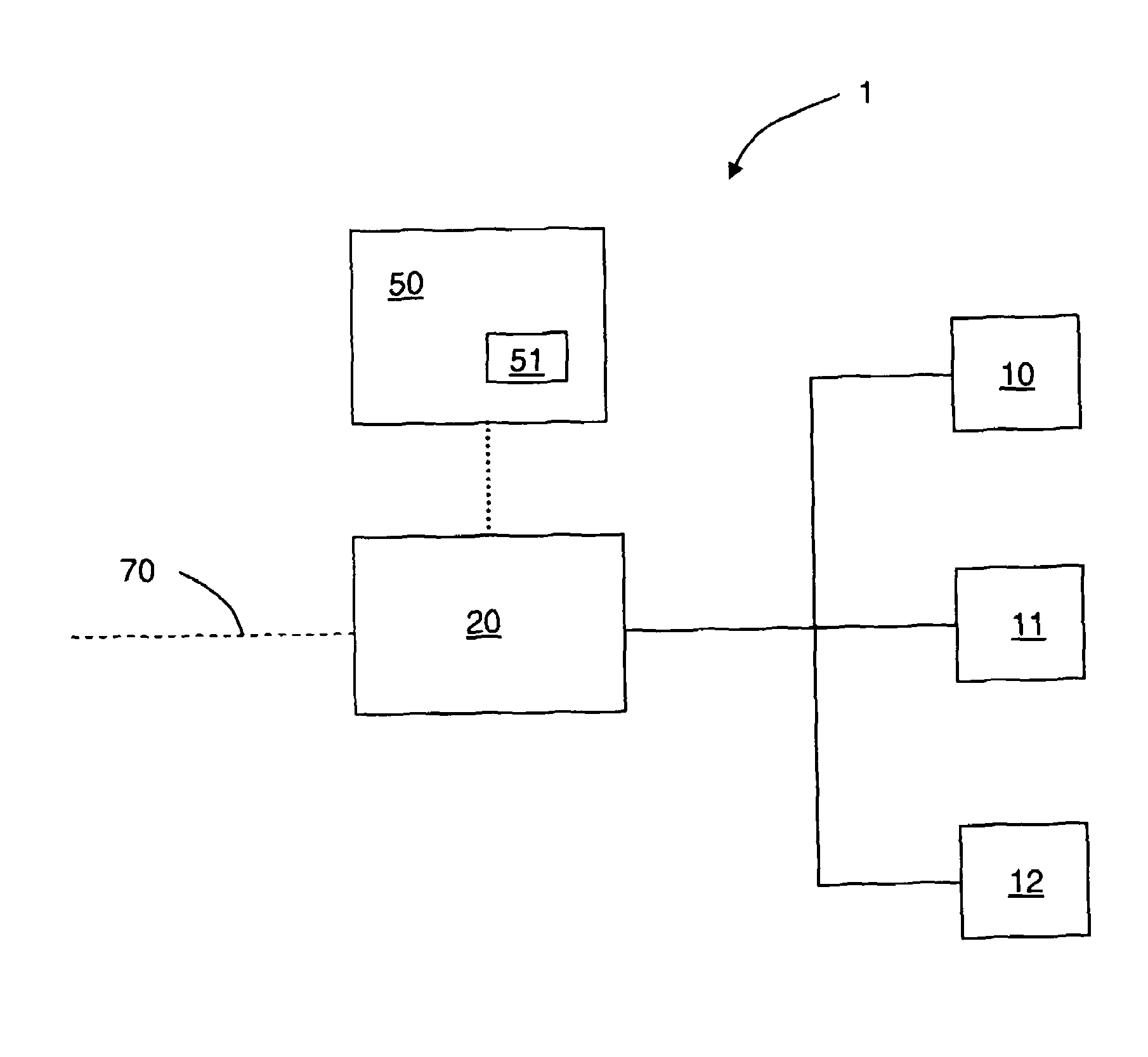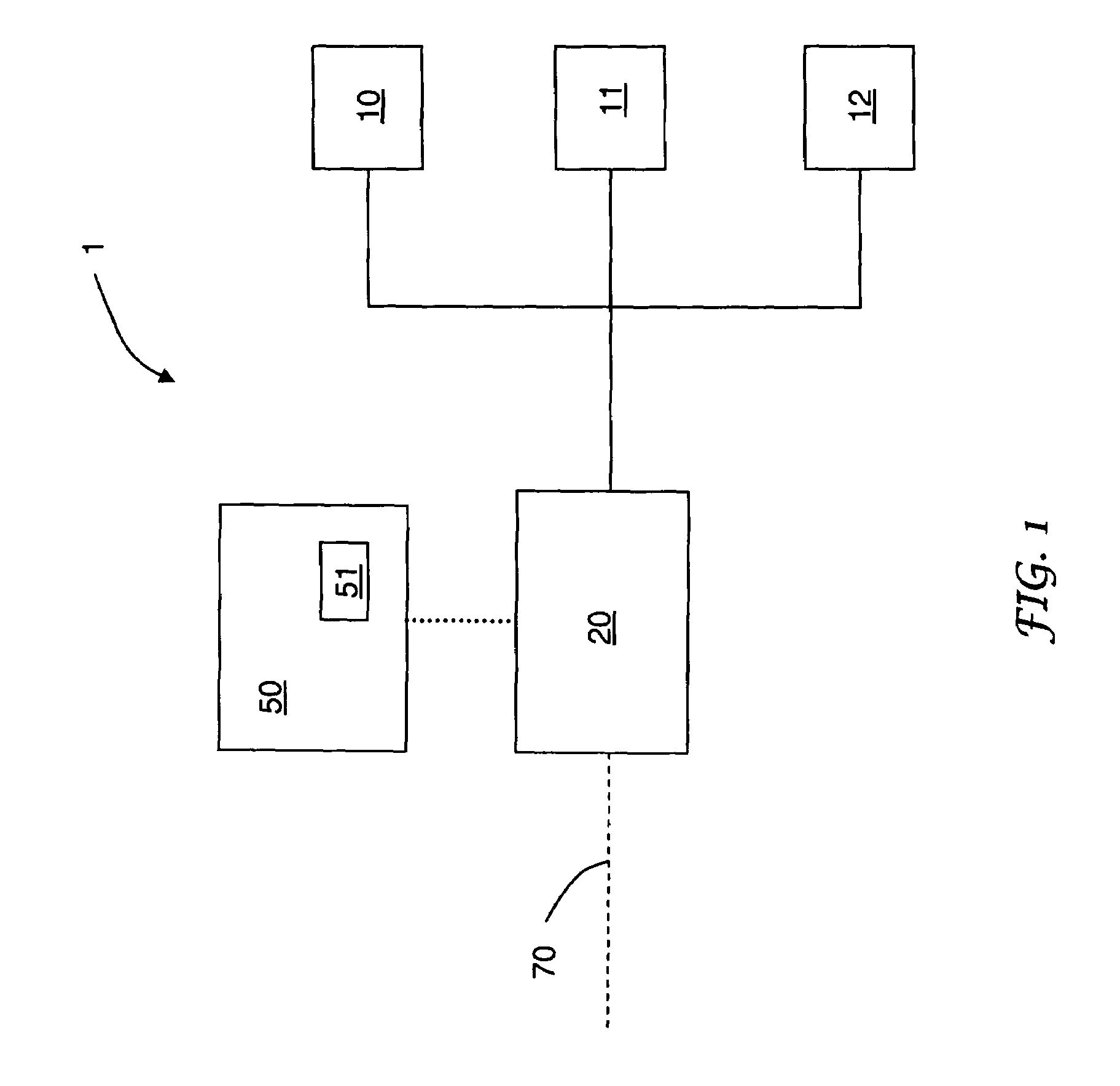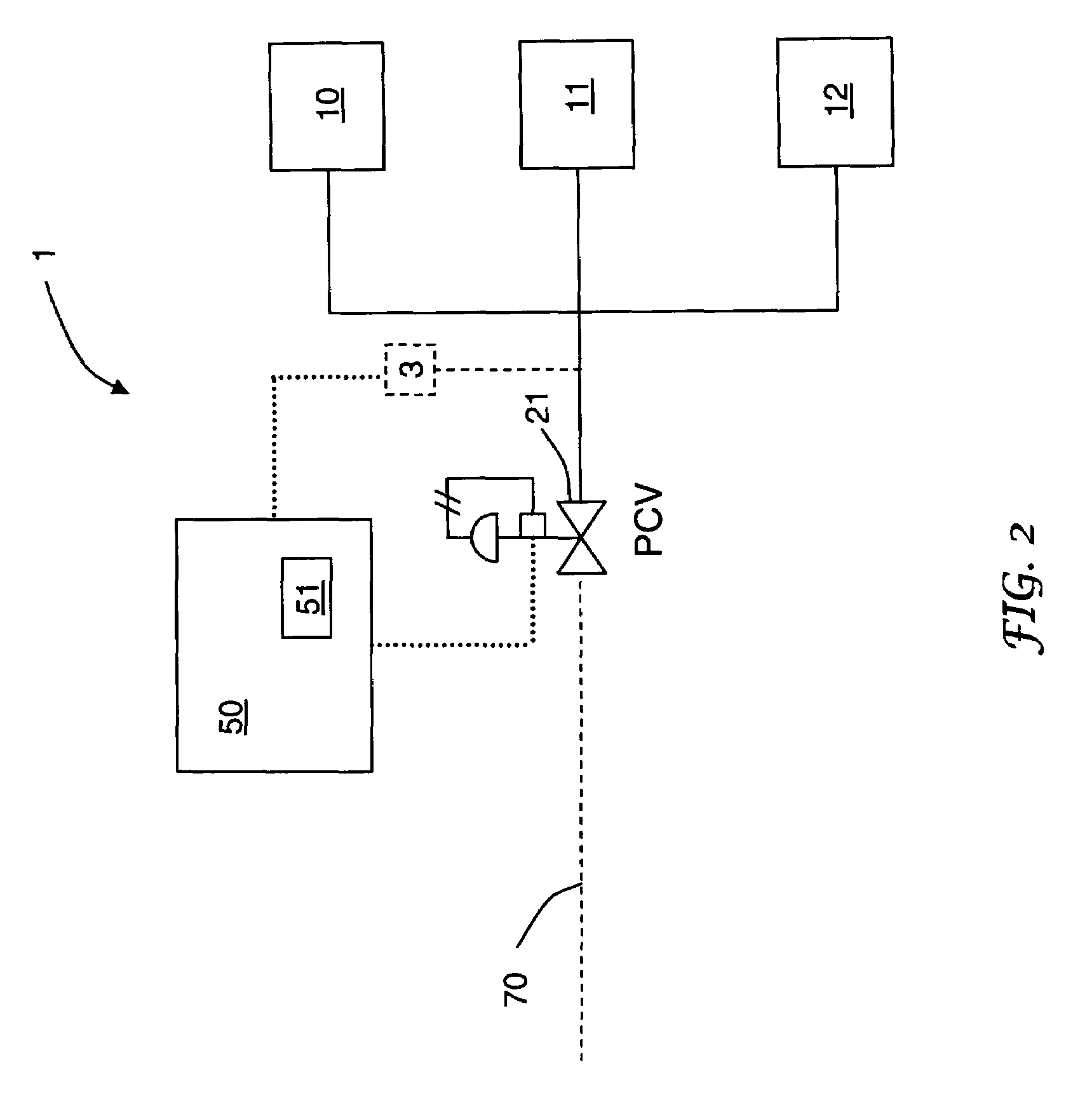Hydrogen dispensing station and method of operating the same
a technology of hydrogen dispensing station and hydrogen dispensing station, which is applied in the direction of liquid handling, container discharging method, packaging goods type, etc., can solve the problems of less than complete filling, limited dispensing rate of hydrogen by serial approach, and inability to meet the requirements of dispensing,
- Summary
- Abstract
- Description
- Claims
- Application Information
AI Technical Summary
Benefits of technology
Problems solved by technology
Method used
Image
Examples
example 1
[0091]Referring to FIG. 2, a first receiving vessel containing hydrogen having a pressure of about 50 bar and a target pressure of about 750 bar is connected to hydrogen service port 10. Controller 50 sends a signal to programmable pressure control valve 21. Flow is initiated at time zero and the pressure ramp rate, controlled by the programmable pressure control valve 21, is about 25 bar / min according to the signal. A second receiving vessel containing hydrogen having a pressure of about 100 bar and a target pressure of about 750 bar is connected to hydrogen service port 11 within 1 minute of time zero. At time equals two minutes, both receiving vessels will have pressure of about 100 bar. At this time, flow is initiated to the second receiving vessel and flow is continued to the first receiving vessel. Hydrogen is dispensed simultaneously to the first receiving vessel and the second receiving vessel at a pressure ramp rate of 25 bar / min via programmable pressure control valve 21. ...
example 2
[0095]Referring to FIG. 5, a first receiving vessel containing hydrogen having a pressure of about 25 bar and a target pressure of about 500 bar is connected to hydrogen service port 10. Flow is initiated by controller 50 at time zero. Flow is passed from conduit 70 to the valve array 23 and through valve 32, thereby bypassing the heat exchanger 40. A second receiving vessel containing hydrogen having a pressure of about 100 bar and a target pressure of about 750 bar is connected to hydrogen service port 11 within 1 minute of time zero. The pressure in the first receiving vessel is less than the pressure in the second receiving vessel. When the pressure in the first receiving vessel and the pressure in the second receiving vessel are the same, flow is initiated to the second receiving vessel and flow is continued to the first receiving vessel.
[0096]At time equals 3 minutes, valve 32 closes and valve 31 opens thereby passing hydrogen from conduit 70 through the heat exchanger 40 and ...
PUM
| Property | Measurement | Unit |
|---|---|---|
| temperature | aaaaa | aaaaa |
| temperature | aaaaa | aaaaa |
| pressure | aaaaa | aaaaa |
Abstract
Description
Claims
Application Information
 Login to View More
Login to View More - R&D
- Intellectual Property
- Life Sciences
- Materials
- Tech Scout
- Unparalleled Data Quality
- Higher Quality Content
- 60% Fewer Hallucinations
Browse by: Latest US Patents, China's latest patents, Technical Efficacy Thesaurus, Application Domain, Technology Topic, Popular Technical Reports.
© 2025 PatSnap. All rights reserved.Legal|Privacy policy|Modern Slavery Act Transparency Statement|Sitemap|About US| Contact US: help@patsnap.com



